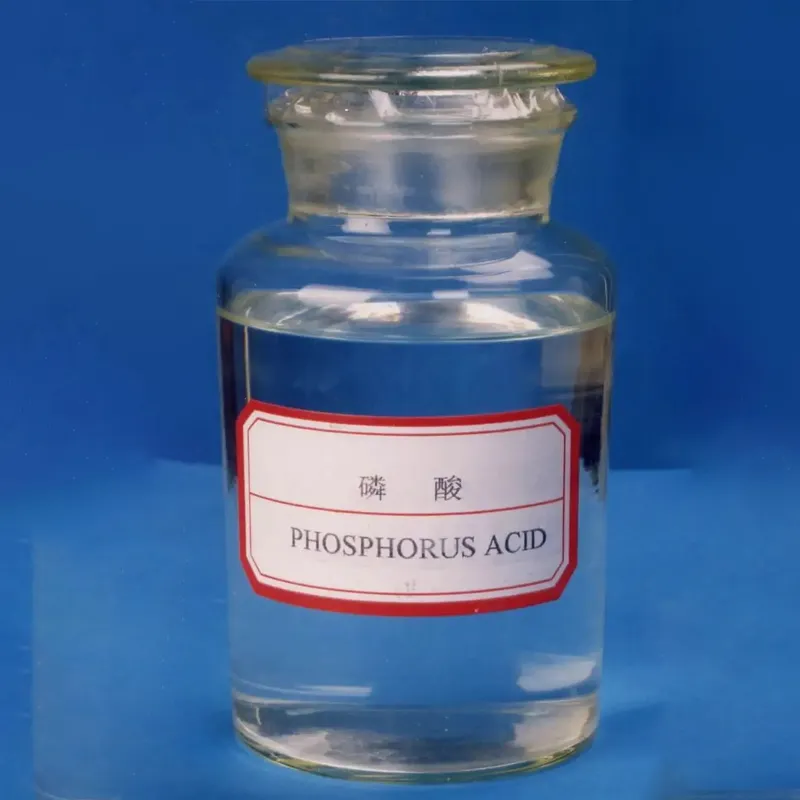
sodium bicarbonate for food
The Role of Sodium Bicarbonate in Food A Culinary Essential
Sodium bicarbonate, commonly known as baking soda, is a versatile compound that plays an essential role in cooking and food preparation. Beyond its well-known use as a leavening agent in baked goods, sodium bicarbonate offers various applications in food science, preservation, and even health. This article explores the multifaceted uses of sodium bicarbonate in the culinary world, its benefits, and some precautions regarding its usage.
Baking and Leavening Agent
One of the primary uses of sodium bicarbonate in cooking is as a leavening agent. When combined with acidic ingredients such as vinegar, yogurt, or lemon juice, baking soda undergoes a chemical reaction producing carbon dioxide. This gas creates bubbles within the dough or batter, causing it to rise and achieve a light and fluffy texture. Recipes for cakes, muffins, and pancakes often include baking soda for this very reason. Its ability to produce carbon dioxide quickly makes it an essential ingredient in many quick-bread recipes.
Tenderizing Meat
Sodium bicarbonate is also employed in the tenderization of meat. The compound works by raising the pH level on the meat's surface, which can help break down proteins, making the meat more tender. This technique is especially useful when marinating tougher cuts of meat. A small amount of sodium bicarbonate can be rubbed on the surface of the meat before cooking, resulting in a more tender and flavorful product.
Food Preservation
In addition to enhancing the texture of baked goods and meat, sodium bicarbonate can assist in food preservation. It has the ability to regulate pH levels in food products, inhibiting the growth of certain bacteria, fungi, and other microorganisms. By maintaining a balanced pH, sodium bicarbonate can help preserve the freshness of various food items, from fruits to pickled vegetables.
sodium bicarbonate for food

Improving Flavor and Color
Sodium bicarbonate is also used for improving flavor and color in certain dishes. For example, it can neutralize acidity in tomato sauces, making them taste richer and more balanced. Additionally, when added to vegetables, it can help retain their vibrant colors during the cooking process, producing a visually appealing dish.
Health Benefits and Precautions
While sodium bicarbonate has several culinary advantages, it is crucial to use it judiciously. Excessive consumption can lead to health concerns, including metabolic alkalosis, which is characterized by an imbalance in the body’s pH levels. Therefore, it is essential to adhere to recommended amounts in recipes and to consider individual dietary needs.
Moreover, those on sodium-restricted diets should consult with healthcare providers before incorporating substantial amounts of sodium bicarbonate into their cooking. It’s important not to confuse it with baking powder, which contains additional acids and should not be substituted directly in recipes without proper adjustments.
Conclusion
In summary, sodium bicarbonate is more than just a staple in the pantry; it is a multifunctional ingredient that enhances the cooking and food preparation process in myriad ways. From acting as a leavening agent to tenderizing meat and preserving freshness, its uses are diverse and valuable. While it contributes significantly to achieving desired culinary results, responsible usage is paramount to ensure health and safety. Thus, understanding the role of sodium bicarbonate can empower cooks and food enthusiasts to create delicious and wholesome meals with confidence.
-
The Safety Challenges of Ammonium Nitrate FertilizerNewsJun.26,2025
-
The Critical Role of Mining ChemicalsNewsJun.26,2025
-
Shelf Life of Glacial Acetic Acid Food GradeNewsJun.26,2025
-
Enhancing PVC Longevity with 1,2,3-Benzotriazole InnovationsNewsJun.26,2025
-
China’s Dominance in Food Additive ProductionNewsJun.26,2025
-
Can Aluminum Hydroxide Replace More Toxic Alternatives?NewsJun.26,2025
-
PE and PP Plastics with Benzotriazole AdditivesNewsJun.12,2025
Hebei Tenger Chemical Technology Co., Ltd. focuses on the chemical industry and is committed to the export service of chemical raw materials.
-

view more DiethanolisopropanolamineIn the ever-growing field of chemical solutions, diethanolisopropanolamine (DEIPA) stands out as a versatile and important compound. Due to its unique chemical structure and properties, DEIPA is of interest to various industries including construction, personal care, and agriculture. -

view more TriisopropanolamineTriisopropanolamine (TIPA) alkanol amine substance, is a kind of alcohol amine compound with amino and alcohol hydroxyl, and because of its molecules contains both amino and hydroxyl. -

view more Tetramethyl Thiuram DisulfideTetramethyl thiuram disulfide, also known as TMTD, is a white to light-yellow powder with a distinct sulfur-like odor. It is soluble in organic solvents such as benzene, acetone, and ethyl acetate, making it highly versatile for use in different formulations. TMTD is known for its excellent vulcanization acceleration properties, which makes it a key ingredient in the production of rubber products. Additionally, it acts as an effective fungicide and bactericide, making it valuable in agricultural applications. Its high purity and stability ensure consistent performance, making it a preferred choice for manufacturers across various industries.











